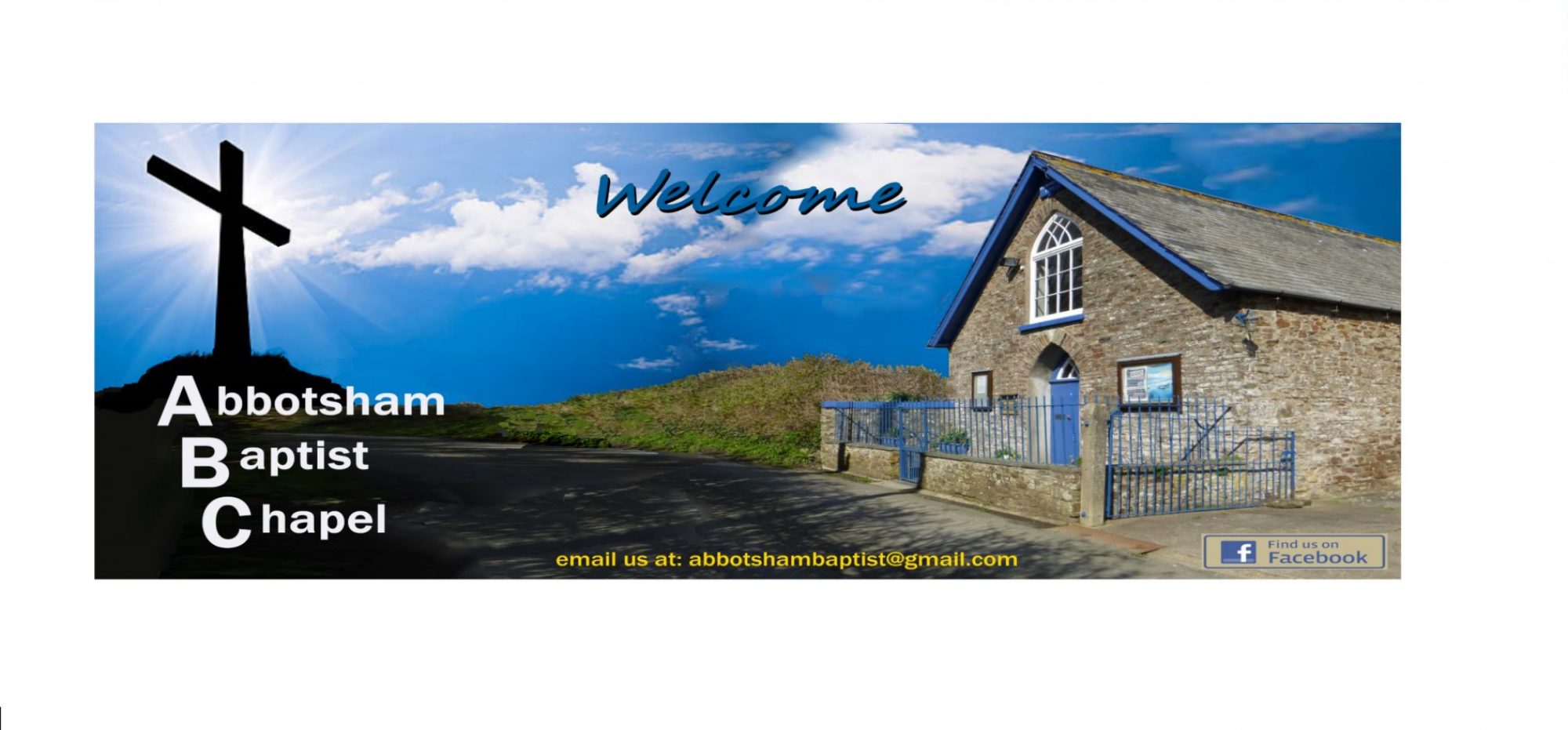John 1.1-5

A guest speaker at a morning breakfast to a prestigious award ceremony is usually introduced by the Chair of the organization with a short biography that gives a personal insight into the speaker’s personality, career and qualifications so that the audience eagerly anticipates the forthcoming talk. John does a similar thing in his prologue as the first 18 verses of the gospel are known. In particular verses 1 -5 open with the dramatic statement that Jesus was the Word (In the beginning was the Word) v1 and that he is the source of all things. The implication and consequences of the truth of that statement was and is mind blowing. It would hugely out do an introduction at a writers’ conference that went, ‘Ladies and Gentlemen put your hands together please, fresh from the grave, William Shakespeare!’ John is saying that the person I am introducing you to outranks every person, thing or event that you could possibly think of including creation itself. Hang on tight because what I am going to tell you will blow your mind.
When John wrote the last of the gospels he took a completely different approach to the other gospel writers who essentially took a traditional approach to biography writing of largely keeping to a time line. John divides his account into two main sections his public and private ministry. To build his case for Jesus being the Word and the Christ, the son of God v20.31 he selects three series of sevens whilst recognizes that there are many more proofs that could have been recorded. He alternates in the first section (1.19 – 12.50) seven signs or miracles with seven extended teachings (discourses) that elaborate on the signs. He also includes seven statements of Jesus known as the ‘I am’ statements. These build to John’s own self-declared reason for writing the gospel, ‘that you may believe that Jesus is the Christ, the Son of God, and that by believing you may have life in his name’. v20.31
The Word pre-existed time and creation and John makes the dramatic statement that the Word became human and this person is Jesus. ‘And the word became flesh and dwelt among us, and we have seen his glory, glory as of the only Son from the Father, full of grace and truth). v 1.14 John is identifying himself as one of the eye witnesses to the events recorded in the gospel and it is therefore a first hand account.
John is identifying the Word as fully God. A literal translation of the last phrase of verse 1 is, ‘and God was the Word’. John is also connecting Jesus with the opening of Genesis and the creation of the universe. ‘In the beginning, God created the heavens and the earth Genesis 1.1 … And God said …’ Gen 1.3 Jesus is the eternal creating Word of God. ‘All things were made through him, and without him was not any thing made that was made.’ v3
More that the physical creation of the universe Jesus is the source of life and John refers to Jesus’ life as ‘the light of men’. There are various nuances to the term light of men. There is a sense in which the light of Jesus reveals God and his salvation. This is further developed in the gospel. There is also the way in which the light of Jesus penetrates darkness, symbolic of sin, and reveals it for what it is. In verse 5, ‘The light shines in the darkness and the darkness has not overcome it’ John is pointing forward to Jesus’ victory over sin and death through his crucifixion and resurrection.
Through Jesus then we can understand who God is because he is God revealed to us. We can have confidence in his capability because he is the creator of all things. He also is the light that will reveal and overcome our personal darkness.
My son has a personal favourite exclamation, awesome. This Jesus certainly is.
Is it harder to grasp the all-powerful divinity of the Word of God or the humility of the Word to become human?
Are we prepared for God’s light to be in our lives or do we prefer darkness?
Word of God by Brenton Brown – Music begins 1.30 into video, great Ethiopian images
